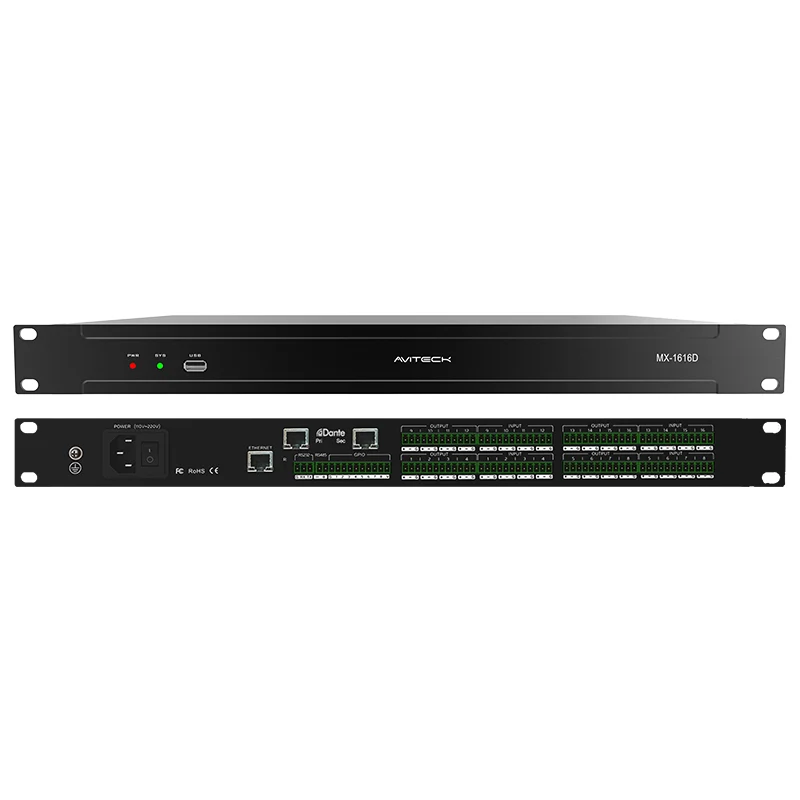
- English
- Español
- Português
- русский
- Français
- 日本語
- Deutsch
- tiếng Việt
- Italiano
- Nederlands
- ภาษาไทย
- Polski
- 한국어
- Svenska
- magyar
- Malay
- বাংলা ভাষার
- Dansk
- Suomi
- हिन्दी
- 繁体中文
- العربية
- Indonesia
- فارسی
- Eesti Keel
- Srpski језик
- Afrikaans
- icelandic
- беларускі
- Hrvatski
- ភាសាខ្មែរ
- ქართული
- Maori
- Тоҷикӣ
- O'zbek
- Հայերեն
- Lietuvos
- שפה עברית
- Pilipino
- Türkçe
- Gaeilge
- Norsk
- český
- ελληνικά
- український
- български
- ລາວ
- Latine
- Қазақша
- Slovenský jazyk
What Are the Structural Components of an Audio Processor?
2023-02-13
An audio processor, also known as a digital processor, is a processor of digital signals. Its internal structure is generally composed of an input part and an output part. Its internal functions are more complete, and some have drag-and-drop programmable processing modules, which can be freely built by users.
1. Input part: The input part usually includes input gain control (INPUT GAIN), input equalization (INPUT EQ), input delay adjustment (INPUT DELAY), input polarity (phase) conversion (input polarity) and other functions.
2. Processing part: The processing part is the core of the audio processor, including the frequency division module, delay module (DELAY/DLY), equalization module (EQ) and compression module. The frequency division module divides the signal through high and low pass filters, the delay module is used to adjust the delay of the signal, the equalization module is used to adjust the frequency response of the signal, and the compression module is used to limit the dynamic range of the signal.
3. Output section: The output section includes functions such as signal input distribution routing selection (ROUTE), high-pass filter (HPF), low-pass filter (LPF), equalizer (OUTPUT EQ), polarity, gain (GAIN), delay (DELAY) and limiter start level (LIMIT).




